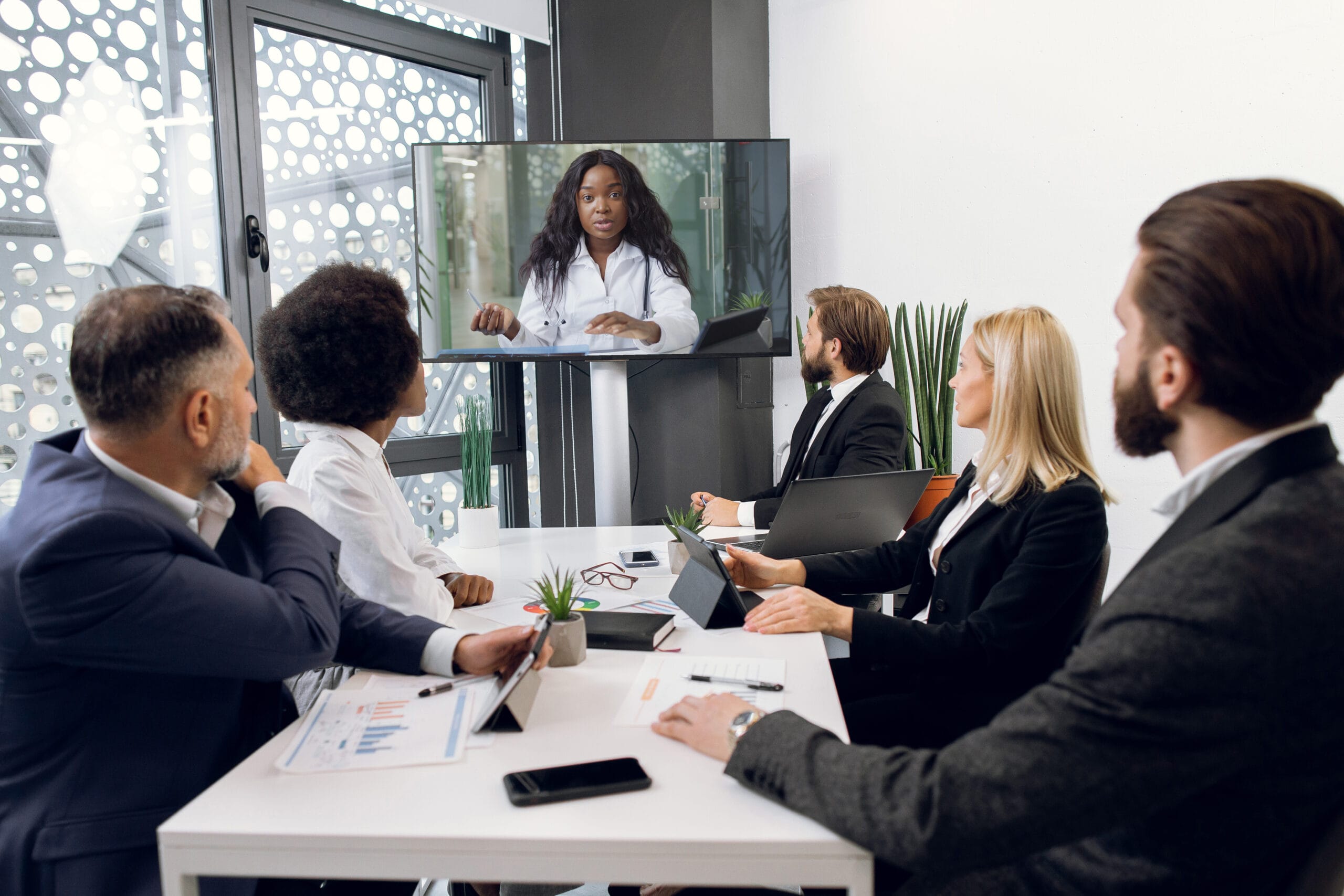Trial Presentation Delivering Clear Case Information in Court
Trial Presentation Delivering Clear Case Information in Court
Blog Article
Captivate the Court: Crucial Components of a Powerful Test Presentation
Vital components such as comprehending the target market, crafting a compelling narrative, and understanding spoken and non-verbal communication are important components of an effective presentation. As these factors intertwine, they create a natural approach that not just informs yet additionally engages jurors on several levels.

Understanding Your Audience
Understanding your target market is an essential aspect of reliable trial discussion. A successful presentation rests on the ability to comprehend the demographics, values, and tendencies of jurors. This comprehension informs just how arguments are framed, evidence is provided, and sob stories are crafted, guaranteeing that the message resonates with the jurors on an individual degree.
Research study indicates that jurors originated from varied histories and may have differing levels of understanding regarding legal proceedings (trial presentation). Therefore, it is vital to stay clear of lawful lingo that might alienate or perplex them. Instead, using clear, relatable language promotes interaction and understanding. Additionally, comprehending the jurors' possible biases and life experiences allows the trial presenter to anticipate arguments and address worries proactively.
Effective trial discussion likewise includes observing jurors' reactions throughout the process. Engaging with jurors as individuals rather than a collective unit is essential in fostering a solid connection in the court.

Crafting a Compelling Story
Crafting a compelling narrative is vital in directing jurors via the intricacies of a situation. A well-structured story not just simplifies intricate lawful principles yet additionally engages jurors on an emotional level, making the details much more relatable and unforgettable.
To attain this, attorneys must start by identifying the core message they want to communicate. This message should resonate with the jurors' values and experiences, cultivating a link that transcends plain realities. The narrative should unfold practically, presenting occasions in a clear sequence to stay clear of confusion. This chronological strategy can aid jurors adhere to the development of occasions, emphasizing reason and effect.
Incorporating human elements-- such as personal tales or anecdotes-- can further boost the story's impact. These elements stimulate empathy, allowing jurors to envision the consequences of the situation on realities. Furthermore, using a regular motif throughout the discussion reinforces the primary argument, making it much easier for jurors to maintain crucial points.
Inevitably, a compelling narrative changes a test discussion from a simple address of realities right into an influential story that mesmerizes the jury, motivating them to mull over with both reason and feeling.
Making Use Of Visual Aids
Incorporating aesthetic help right into a test discussion can significantly enhance jurors' understanding and retention of details. Visual products such as graphes, layouts, pictures, and videos can transform complex legal principles and proof right into conveniently digestible formats. By involving numerous senses, these aids allow jurors to envision the situation's crucial elements, making it easier for them to follow along and realize elaborate details.
Additionally, well-designed visual help can emphasize essential factors and emphasize connections between various pieces of proof. For circumstances, timelines can efficiently illustrate the series of occasions, while annotated photos can clear up specific information appropriate to the instance. This not only aids in understanding however additionally strengthens the narrative presented by the lawyer.
It is necessary, nonetheless, to ensure that aesthetic help matter, clear, and properly presented. Extremely complicated or messy visuals might overwhelm jurors and diminish the message. When made use of carefully, visual help offer to complement the dental disagreements and improve the overall impact of the test presentation. Inevitably, efficient visual communication can be a powerful device in encouraging jurors and assisting them reach notified verdicts.
Grasping Verbal Interaction
Efficient spoken communication is important in a trial presentation, as it serves as the Check This Out key methods via which attorneys convey their debates and connect with jurors. Simpleness in language promotes understanding and aids jurors understand complex concerns provided during the trial.
Furthermore, tone and pacing considerably effect exactly how messages are gotten. A positive tone shares authority, while suitable pacing allows jurors to soak up information without feeling bewildered. Lawyers should also vary their vocal inflections to emphasize vital factors and preserve jurors' passion throughout the discussion.
In addition, the company of verbal arguments is important. Structuring the narrative practically and coherently aids jurors comply with navigate to this website the attorney's line of reasoning, making it easier for them to maintain important information. Making use of convincing strategies, such as storytelling, can also improve the emotional vibration of the debates presented, consequently creating an extra extensive link with jurors.
Eventually, dig this mastering verbal communication not only reinforces a lawyer's situation however additionally promotes trust fund and relationship with the jury, considerably boosting the chances of a favorable decision.

Involving With Body Movement
Nonverbal interaction plays an important role in trial discussions, usually communicating messages that words alone can not reveal. Body movement, incorporating motions, position, faces, and eye get in touch with, substantially influences how jurors regard the integrity and sincerity of the presenter. A confident stance, with shoulders back and an open stance, can impart trust fund, while closed-off body language may suggest defensiveness or unpredictability.

Face expressions need to reflect the emotions linked with the situation, reinforcing the narrative being presented. For example, a genuine expression throughout an emotional moment can evoke compassion and reinforce the sob story. Inevitably, grasping body language is essential for reliable trial discussions, as it enhances verbal interaction and establishes an engaging presence that reverberates with the jury.
Conclusion
In final thought, captivating the jury requires a critical approach that encompasses recognizing the audience, crafting an engaging story, making use of visual aids, grasping spoken interaction, and involving with body movement. Each component plays a vital duty in developing a powerful trial presentation that resonates with jurors on both emotional and intellectual levels (trial presentation). By incorporating these components successfully, legal experts can substantially improve their ability to persuade and influence court decision-making
Report this page